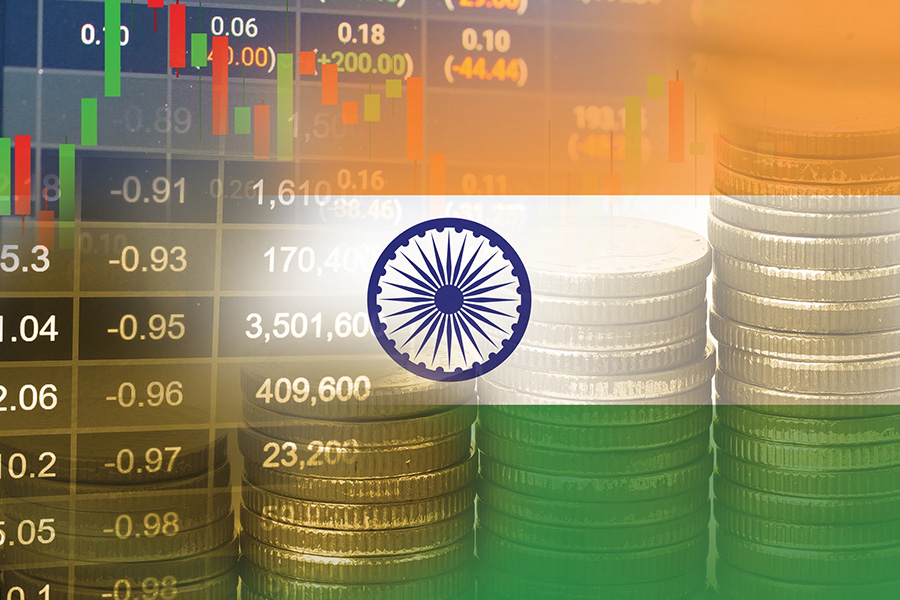
Daily price extremes (high or low) have no impact on opening returns of the next trading day.
Authors
Sarveshwar Kumar Inani, Assistant Professor, Jindal Global Business School, O.P. Jindal Global University, Sonipat, Delhi-NCR, India.
Harsh Pradhan, Assistant Professor, Faculty of Management Studies, Banaras Hindu University.
R. Prasanth Kumar, Associate Professor, School of Management Studies, University of Hyderabad, Telangana, India.
Ajay Kumar Singal, Associate Professor of Strategy, Indian Institute of Management Sirmaur.
Summary
For short-term investments in equity markets, investors use price points, candlestick patterns, moving averages, support and resistance levels, trendlines, price patterns, relative strength index, and moving average convergence-divergence as reference(s) for making decisions.
This study investigates whether investors use daily price extremes (highest and lowest prices for the day) for making short-term investments or trading decisions in the context of the Indian equity market. Using 6,902 observations of daily data of the NIFTY 50 index since its launch, it is observed that daily price extremes (high or low) have no impact on opening returns of the next trading day.
Based on the dummy regression analysis, next-day opening returns were found to be statistically significant, which implies the presence of momentum behavior. However, insignificant coefficients for high or low-price extremes of the day mean that investors do not use them as an anchor or reference point for decisions. Results are consistent over time and robust to the rising or falling markets.
Further, opening returns were seen to be more volatile than closing returns in the first half of the sample, and they are less volatile in the second half, implying that markets have become more efficient in the last few years.
Published in: Investment Management and Financial Innovations
To read the full article, please click here.


